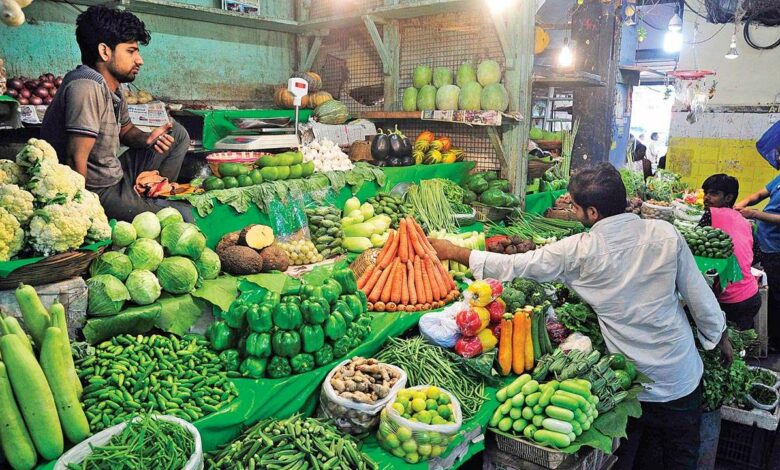Retail Inflation soaring high. Wholesale inflation climbing a record high.

Retail inflation soared to a six-month high in May, owing to rising food and gasoline prices, while wholesale inflation climbed to a new high of 12.9 percent, signaling the escalation of price pressures in an economy trying to reclaim growth amid a second Covid-19 rise.
Inflation, as assessed by the consumer price index, surged to 6.3 percent in May, up from 4.2 percent in April, according to data provided by the National Statistical Office (NSO) on 14 June 2021. The food price index was at 5% in May, up from 2% in April. Rural inflation remained high at 6.5 percent, while urban inflation was at 6%. After five months of staying inside the range, retail inflation has broken over the upper band of the Reserve Bank of India’s inflation target. Core inflation has reached a seven-year high, excluding food and gasoline.
Oils and fats increased by 30.8 percent in May, while eggs increased by 15.2 percent on an annual basis. Edible oil prices have been growing as a result of a variety of factors, including global price increases, and have been a source of anxiety for a number of households.

Due to an increase in worldwide costs and the application of increased taxes at home, the fuel and light component jumped to a little more than a 9-year high in May. This has resulted in higher transportation expenses, which, according to experts, has resulted in increased prices across the board. Some of the price hike has been ascribed to supply constraints caused by localised lockdowns.
Separate data issued earlier in the day by the Department of Promotion of Industry and Internal Trade revealed that wholesale price index inflation increased to 12.9 percent in May, up from 10.5 percent in April and beyond the 3% deflation forecast for May 2020. Higher fuel and power prices, which reached their greatest level in the 2011-12 series, as well as a low base effect and an increase in global commodity prices, were major factors.
Vegetable prices fell in May, but onion prices increased by 23.2 percent. The increase in onion costs, according to economists, could be attributed to logistical challenges and increased demand. Because of high global crude oil prices and a comeback in economic activity as the economy unlocks after the second wave cools down, inflation in the fuel and electricity segment jumped to 37.6%.
“High CPI inflation, which is greater than the RBI’s prediction of 5%, will be a source of concern for the central bank. Though the state’s strategy prioritises growth, which means the repo rate will remain unchanged, it will be a nagging issue, especially if inflation persists in this range. We predict it to be around 5.5-6 percent in the next months,” said Madan Sabnavis, Care Ratings’ chief economist.
“Higher WPI inflation is due to a low base impact as well as an increase in global commodity prices. This will continue throughout the year. As a result, we’ll be dealing with an economy where inflation is high and growth is slowing during the lockdown, which isn’t a good situation to be in,” Sabnavis explained.




